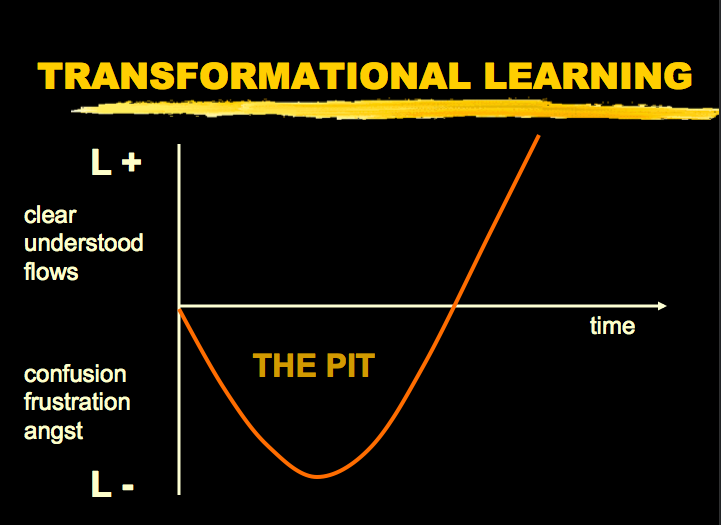Belonging to groups of professional discussions are viewed as Professional Learning Groups (PLG), Professional Learning Communities or Critical Friends.
Wikipedia defines A Professional Learning Community (PLC) as:
“An extended learning opportunity to foster collaborative learning among colleagues within a particular work environment or field. It is often used in schools as a way to organize teachers into working groups.”
Being involved in a PLG recently got me thinking about how important it is to build this into our Professional Development as Teachers.
As stated in “Teacher Professional Learning and Development - Best Evidence Synthesis Iteration [BES]” Helen Timperley, Aaron Wilson, Heather Barrar, and Irene Fung, University of Auckland, teachers need to take or make provisions to learn about new approaches to teaching, to share ideas for good practice, and to acquire new knowledge about areas of interest.
When there is any change in practice, we as professionals need time and the opportunity for professional dialogue and learn from others in order to implement or make change, therefore having strengthened pedagogy and practice.
In my role as Deputy Principal I chose to inquire and address an area of the school system around assessment. “ As a school how do we make sure our assessment practices align to our changing environment?”
As I began sharing my goal and the actions I had taken to date and the results (evidence) in my Professional Learning Group (PLG) I felt quite at ease, I certainly felt a high level of trust. In our PLG each educator was given the opportunity to question, re-evaluate, refine, and improve strategies and knowledge collaboratively with the support from group members.
In my case through the questioning from my colleagues I was able to reflect on the process, purpose and think through my next steps. My group provided me with the platform to investigate another aspect of my goal further.
What this learning conversation highlighted for me was the areas that I could delve deeper into - “how do I use the feedback from students to grow teachers understanding?” , to consider the levels of student agency and teacher voice. Does my goal link to our strategic plan? How? In what ways?
I have a lot of work to do!
I have a lot of work to do!
So where to from here? Having the learning conversations with my colleagues in my PLG I am again back in the “Pit” -

Edwards (2016) wrote, “When we are introduced to new ideas, new content, new ways of thinking, our minds are puzzled. This is commonly called cognitive conflict or cognitive dissonance.”
His colleague Jim Butler developed a powerful model for this as can be seen in Fig 1.”
Several educators have been writing about ‘The Pit’ analogy such as James Nottingham. Even Sylvia Duckworth created a sketchnote about this model. However it is interesting to note that Edwards and Butler have been using this model of learning since the early 1990’s. Edwards and Butler emphasise that it is important to be in that cognitive struggle as this confusion is an essential part of learning.
Fig 1.
Edwards, J. and Martin, B. (2016) Schools That Deliver. California: Corwin Press.
Finally, I see PLG's as “added value”. As a leader I've taken the responsibility to embrace any opportunity to share and learn from others.

No comments:
Post a Comment